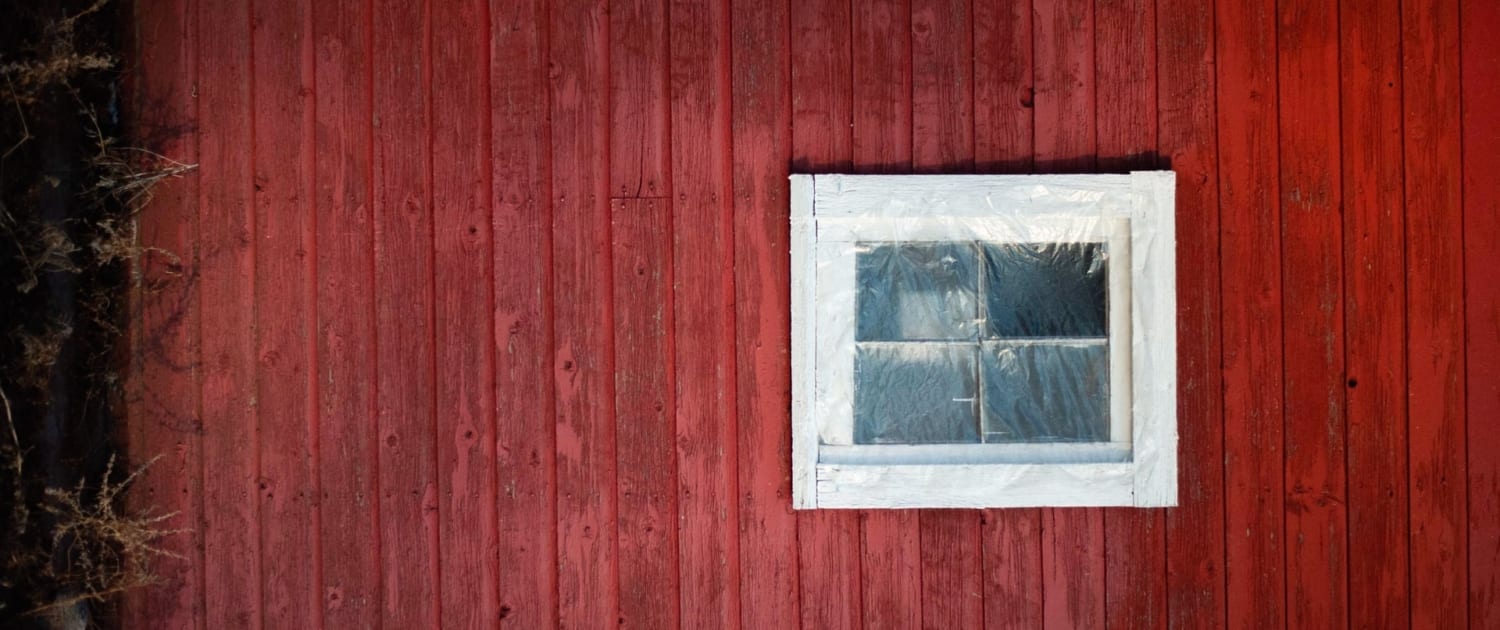
The 5 most common major home inspection issues
Home inspectors look at hundreds of houses a year, and depending on where they live, they may find different defects. However, no matter where an inspector lives, there are some problems that are commonly found by every inspector.
Here are some of the most common issues & defects that home inspectors find, so that you know what to look for when you are getting your own home inspection!
Roofing problems
Roofing issues are very typical for home inspectors to find during home inspections. This is because homes are very susceptible to roof damage, especially homes are ten or more years old.
Roofs made out of traditional asphalt shingles typically last around 15 to 40 years, depending on the location of the home and the weather/climate there. Geographical locations with harsher weather (i.e. really hot sun, lots of snowstorms, tropical storms) are more likely to need roof repairs.
Usually, the defects on roofs are simple repairs like replacing missing shingles, however there can be structural damage or soft spots from damage left unrepaired, which can be expensive to fix.
Electrical wiring issues
Monitors usually find stripped wires, inappropriate associations, underpowered breakers, uncovered wiring left over from past fixes or remodels. These issues are viewed as a wellbeing risk and ought to be tended to right away.
This is for the most part an issue in more established homes. Most present day homes have an abundant inventory of electrical power, and are wired to meet all current electrical codes and principles.
Contingent upon the extent of the wiring issues, this could be a major issue after an inspection. It might be a basic fix, or require the total upgrading of the electrical framework – it truly relies upon the defects that the inspector finds within the wiring.
Poor attic ventilation and insulation
Homes that are older in age typically have issues with ventilation and energy efficiency. Home inspectors often find attics that are insulated yet not ventilated, which makes them too hot in the summer.
This lack of ventilation can make it harder to keep the house cool, while also potentially leading to mold and other issues.
Poor insulation and ventilation can make a home less energy efficient because the cool air can get in during the winter months, and the cool air is harder to keep in during the summer.
Poor grading and drainage around the home
Drainage issues are typically not noticeable until an inspector is doing an inspection, because it doesn’t rain often and continuously enough for it to be a huge threat to homeowners. However, poor drainage is a serious issue.
If water pools around the base of a home and cannot escape, it can cause mold, as well as issues for the foundation of the home that could cause it to collapse.
Inspectors frequently find that the grade and drainage around homes is allowing water to pool and may be leaking into the basement – or causing the foundation to erode and break down.
Plumbing problems
Plumbing problems are fairly common, and also very serious. Small visual defects like leaks, slow drains, and low water pressure can all mean really big underlying problems. Plumbing issues are costly to repair, which is why inspectors take great care in inspecting the system.
Small-scale issues with plumbing systems are usually easily repaired, and unless the inspector finds that there are major defects it shouldn’t be too big of an issue. However, once in a while inspectors find systems that are beyond repair and have to be replaced.
Know What To Expect During a Home Inspection
It is recommended that every home is inspected by a professional home inspector before it is officially bought! This will help you feel confident in the home that you have and know that it is safe for you and your family!
%20(2).png?width=495&height=175&name=Untitled%20(495%20%C3%97%20175%20px)%20(2).png)
